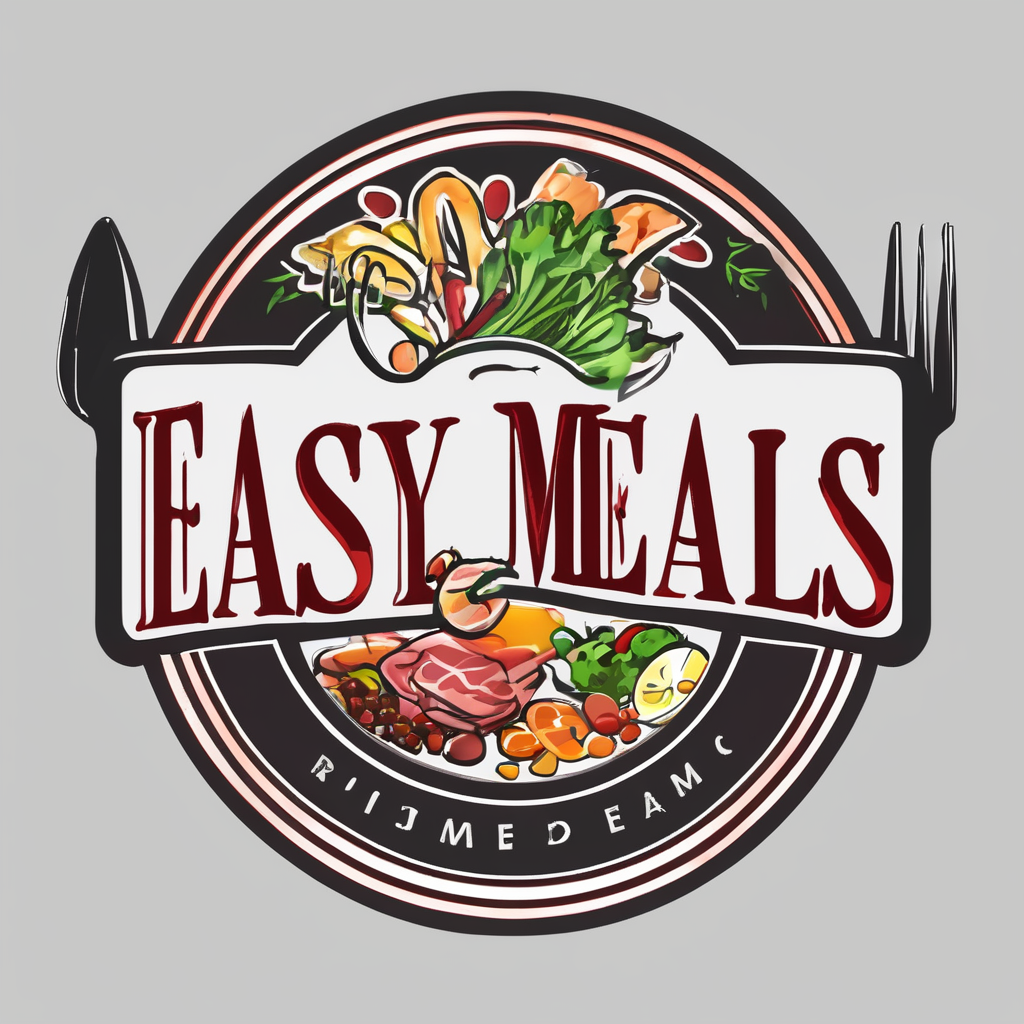As technology continues to evolve and disrupt various industries, the fine dining sector is not immune. Digitization has brought about significant transformations in restaurant operations, from online reservations and digital menus to advanced CRM systems. Among these technological advancements, one that stands out for its potential to revolutionize staff training is Virtual Reality (VR).
But how can you effectively incorporate this technology into your fine dining restaurant’s training regime? We delve into that question in this comprehensive article, exploring the potential benefits and the steps to successfully implement VR into staff training.
Also read : What are the best practices for setting up a live cooking station in a buffet restaurant?
The Potential Benefits of VR in Staff Training
Before diving into how you can incorporate VR into your restaurant’s staff training, it’s crucial to understand why you should consider this technology. The following are some of the benefits that VR can bring to your restaurant’s staff training program.
Enhanced Learning Experience
VR technology provides an immersive learning experience. Instead of reading from training manuals or watching videos, your staff could be virtually transported to a busy restaurant setting, where they could learn how to handle various situations. This can significantly enhance their understanding and retention of information, making the training more effective.
Have you seen this : What digital marketing strategies can be most effective for a new sushi bar launch?
Real-Time Feedback and Correction
With VR, trainees can receive real-time feedback on their performance. This allows for immediate correction of mistakes, fostering faster learning. It also helps trainers to identify areas where trainees might be struggling, allowing them to provide targeted support.
Cost-Effective Training
Traditional training methods often require hiring professional trainers, setting up a training environment, and even shutting down the restaurant for several hours. VR eliminates these needs, making training more cost-effective in the long run.
Steps to Incorporate VR into Staff Training
With the potential benefits in mind, the next question is, how can you effectively incorporate VR into your restaurant’s staff training?
Assess Your Training Needs
Start by assessing your restaurant’s training needs. What skills do you want your staff to acquire? Do you want them to learn the intricacies of fine dining service, or do you want them to master the art of dealing with difficult customers? Understanding your training needs will guide you in choosing the right VR solution for your restaurant.
Choose the Right VR Solution
There are various VR solutions available in the market, each designed for different training needs. Some are tailored for hospitality training, offering simulations of various restaurant scenarios. Others are more generic, suitable for training in soft skills such as communication or problem-solving. Choose the solution that best fits your training needs.
Train Your Trainers
Before you start using VR in staff training, ensure your trainers are well-versed with the technology. They should understand how to use the VR equipment and software, how to interpret the data it provides, and how to give feedback based on that data. This will make the VR training more effective.
Implement the VR Training
Once your trainers are ready, you can start incorporating VR into your staff training. Start with a pilot program to test the effectiveness of the VR training. Based on the feedback and results of this pilot program, you can then roll out the VR training to all your staff.
Overcoming Potential Challenges
While VR offers numerous benefits, incorporating it into your restaurant’s staff training is not without challenges. Here are some potential hurdles and how to overcome them.
High Initial Costs
While VR can be cost-effective in the long run, the initial costs of purchasing the equipment and software can be high. However, there are ways to reduce these costs. For instance, you can lease the equipment instead of buying it, or you can opt for cloud-based VR solutions that come with lower upfront costs.
Technological Hurdles
Some of your staff might be technologically challenged and may struggle with using VR. To overcome this, provide adequate training and support to ensure they become comfortable with the technology.
Resistance to Change
Like any new technology, VR might face resistance from your staff. To mitigate this, communicate the benefits of VR training to your staff, involve them in the decision-making process, and ensure they have a positive first experience with VR.
By understanding the benefits of VR and following these steps, you can effectively incorporate this technology into your fine dining restaurant’s staff training. While there might be challenges along the way, the potential rewards make it worth the effort. Remember, the ultimate aim is not just to adopt new technologies but to improve the quality of your service and the overall dining experience for your customers.
Evaluating the Effectiveness of VR Training
After implementing VR technology into your staff training program, it is crucial to evaluate its effectiveness. This will help you determine whether it is worth continuing with the program or if any adjustments are needed.
Measuring Success
There are a few ways to measure the success of your VR training program. One of the most common methods is to assess the performance of your staff before and after the training. Have they improved in the areas that the training focused on? You can also compare the performance of staff trained with VR to those trained using traditional methods. If the VR-trained staff are performing better, it is likely that the program is effective.
Additionally, consider the feedback from your staff. Do they feel that the VR training was helpful? Do they feel more confident in their ability to perform their roles effectively? It is also worth noting any changes in customer feedback since implementing the VR training. If customers are noticing an improvement in service, it is a good indication that the training is working.
Making Adjustments
Based on the feedback and performance assessments, you may need to make some adjustments to the VR training program. For instance, if your staff are struggling with certain aspects of the training, you may need to modify the program to focus more on those areas. On the other hand, if the training is proving to be very effective, you might want to expand it to cover more areas or to train more staff.
Conclusion
The digital age is here, and its impact on the fine dining industry is undeniable. Incorporating technology like Virtual Reality in staff training offers a unique and immersive learning experience that could potentially revolutionize the way restaurants operate.
While the initial costs of VR might be high and some staff might resist this new technology, the potential benefits—increased learning retention, real-time feedback, and long-term cost-effectiveness—make it a viable option for training in the fine dining sector.
The key to success lies in understanding your training needs, choosing the right VR solution, training your trainers, and evaluating the effectiveness of the program. With these steps, you can effectively incorporate VR into your restaurant’s staff training and achieve a higher standard of service quality and dining experience for your customers.
As we move forward, we must not lose sight of the fact that technology is only a tool. The heart of any restaurant lies in the passion and dedication of its staff. So, while embracing new technologies like VR, let’s also remember to invest in our people—their growth, their skills, and their wellbeing. Because at the end of the day, it is the people that make a restaurant truly great.






